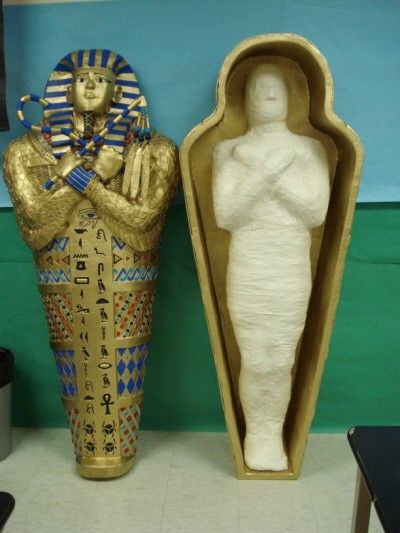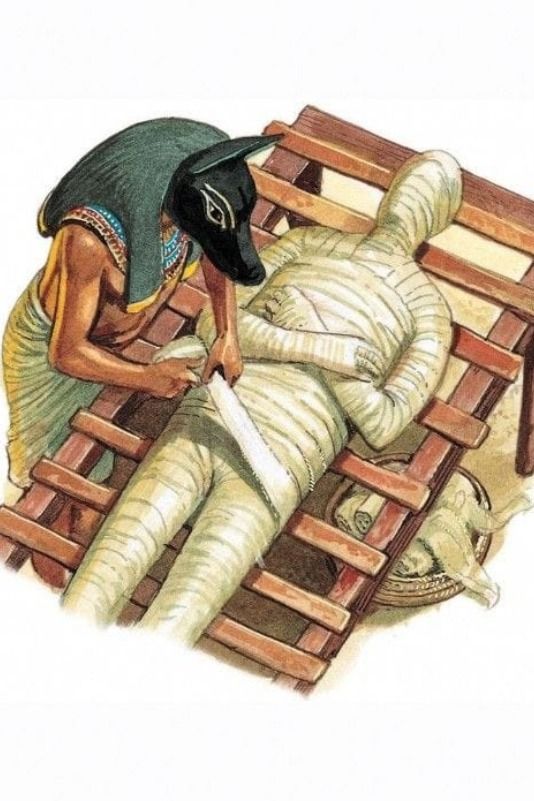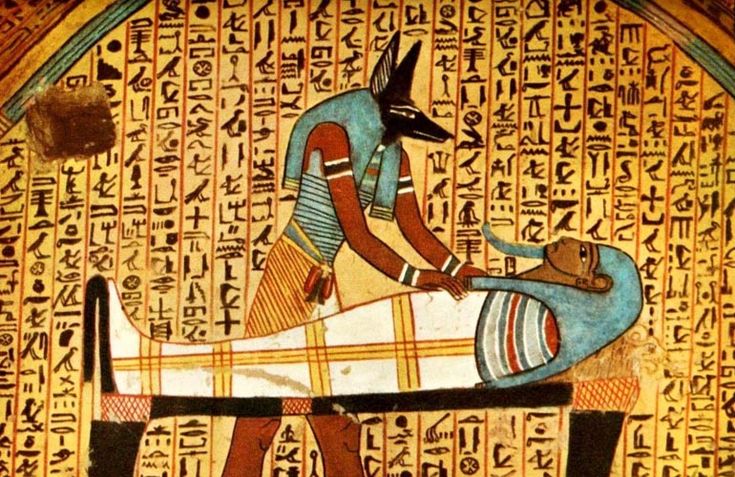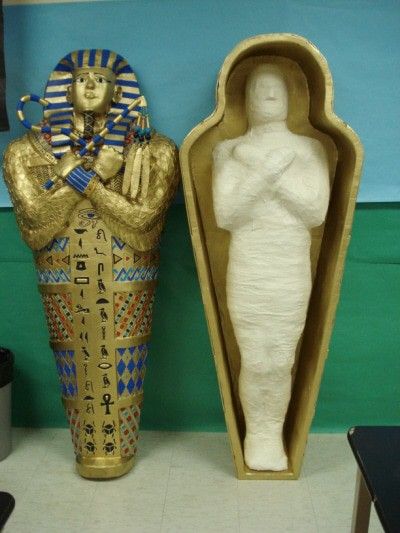In a fascinating journey into the annals of ancient Egyptian history, archaeologists have uncovered and shared insights into the intricate and captivating process of mummification that was practiced on the remains of pharaohs. This revelation provides a unique window into the advanced funerary practices of one of the world’s most iconic civilizations and sheds light on the profound cultural significance attached to the preservation of the deceased rulers.

The mummification process, considered a sacred ritual in ancient Egypt, was an elaborate and carefully orchestrated procedure. Archaeologists, armed with modern technologies and a deep appreciation for the historical significance of their discoveries, have delved into the details of how pharaohs were prepared for their journey into the afterlife.

The first step involved the extraction of organs from the deceased pharaoh’s body. Organs such as the liver, lungs, stomach, and intestines were carefully removed and preserved separately in canopic jars. This process was deemed essential to prevent decomposition and to ensure the pharaoh’s readiness for the afterlife.

Following organ removal, the body was meticulously cleaned and purified. Embalmers used natron, a naturally occurring salt mixture, to dehydrate the body and eliminate moisture, a crucial step in the preservation process. The natron acted as a desiccant, aiding in the prevention of bacterial growth and decomposition.

Once the body was thoroughly dried, it was wrapped in linen bandages, a process that involved meticulous precision to create intricate patterns and ensure the deceased’s eternal protection. Amulets and charms were often inserted between the layers of bandages, believed to provide magical protection and guide the pharaoh through the perilous journey in the afterlife.
The final step of the mummification process was the placement of the adorned and preserved body in a beautifully crafted sarcophagus. The ornate coffins, often adorned with intricate hieroglyphics and depictions of the deceased’s life and accomplishments, symbolized the transition from the earthly realm to the divine afterlife.
Archaeologists have discovered numerous examples of mummies and artifacts related to the mummification process in various tombs and burial sites across Egypt. Each finding contributes to the comprehensive understanding of the cultural, religious, and technological aspects involved in this ancient funerary practice.
The sharing of these insights by archaeologists not only illuminates the meticulous nature of the mummification process but also highlights the reverence ancient Egyptians held for the deceased pharaohs. The attention to detail, the spiritual significance attached to each step, and the belief in an afterlife underscore the profound cultural and religious dimensions of this age-old practice.
As technology continues to advance, archaeologists are employing innovative techniques such as CT scans and 3D reconstructions to unravel even more mysteries surrounding ancient mummies. These efforts not only enrich our knowledge of the past but also contribute to the ongoing fascination with the wonders of ancient Egypt and its enduring impact on human civilization.

